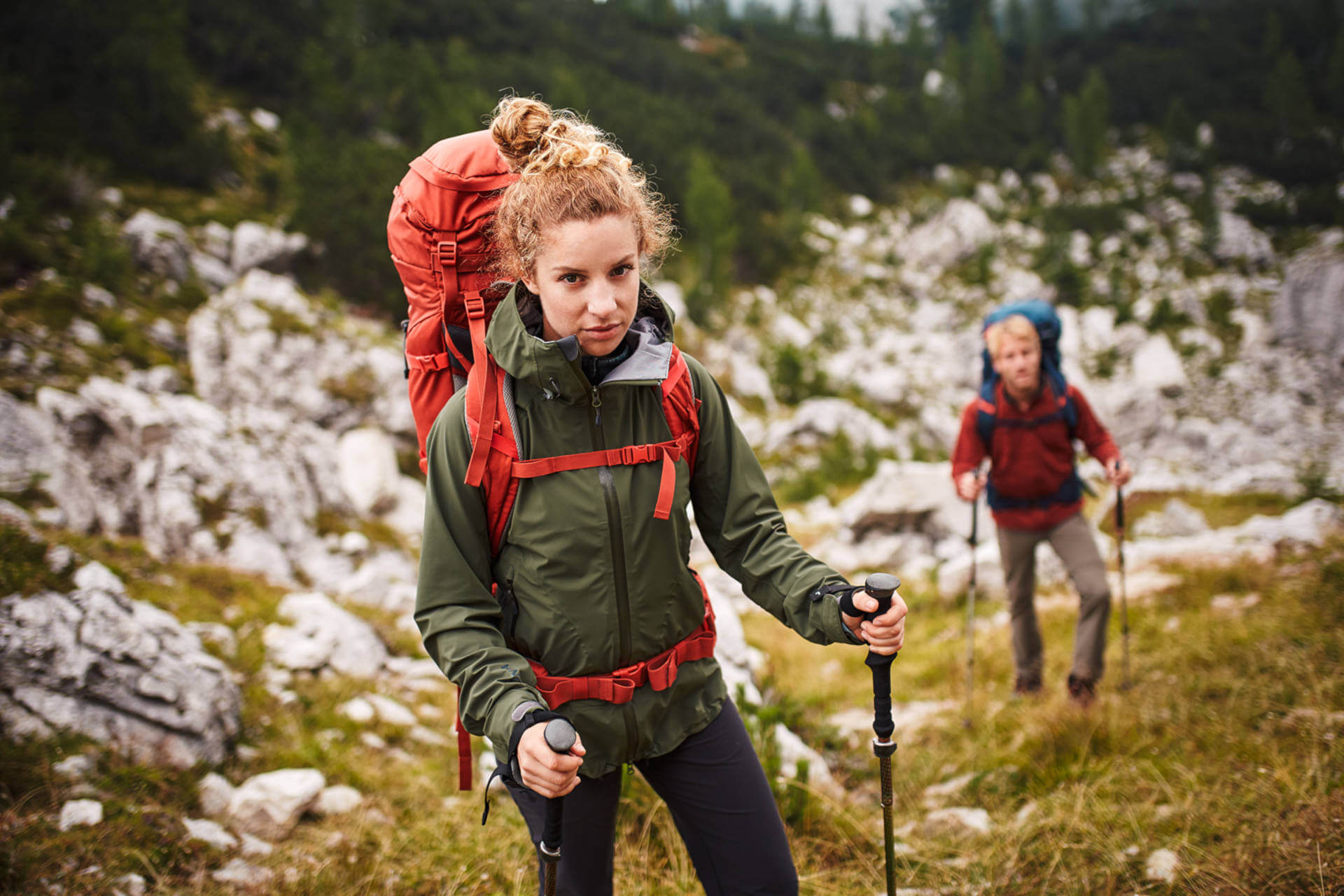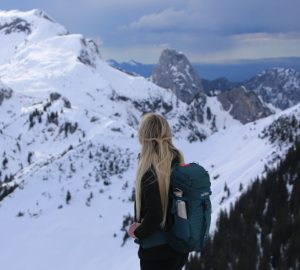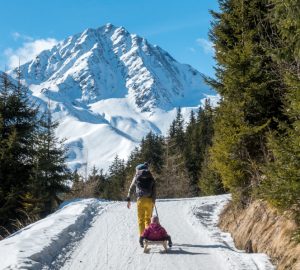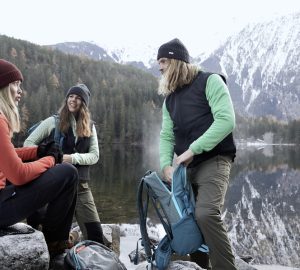Hiking, trekking, rambling: There are many names for walking through nature with a backpack. If you are one of those outdoor guys and are looking for equipment, this article might help you to decide whether you need a hiking backpack or trekking backpack.
Let’s start with a typology. When are you actually a hiker and when a trekker? Basically, it depends on where and how long you are en route. As soon as you go on a hike lasting several days and the tour leads you off the beaten tracks far away from civilization, you are a trekker. That means, in most cases you carry a tent, food and everything else with you. Hikers can also be on the way for several days, but then with overnight stays in huts and mainly on paved hiking paths.
The requirements for your most important piece of equipment – the backpack – are correspondingly different. You take other stuff with you on a hike than on a trek. Therefore, we have created three packing lists for you to consider if you need a hiking or trekking backpack.
A typical packing list for a small hiking backpack
A hiking backpack usually provides less space than a trekking backpack. The most popular sizes range from about 15 to 30 liters volume. The obvious reason is that you simply do not need certain equipment as you do not stay overnight outdoors. A good packing list for a one-day hike includes:
- rain jacket
- fleece
- additional socks as replacement
- headdress
- sunglasses
- sun screen
- sufficient water
- snacks (cereal bars, fruit)
- cell phone including camera
- hiking map
- hiking sticks
For a one-day hike, no big trekking backpack is necessary. Too much volume also encourages to pack too many unnecessary things. A small hiking backpack from our Hike Pack or Storm series is ideal for one-day hikes, for example.
The Tatonka Storm hiking backpack is available in 20, 25 and 30 liters volume.

The Storm hiking backpack from Tatonka – with 20 litre volume, ventilated X Vent Zero carrying system, hiking pole fixation and rain cover.
Hiking equipment for several days
You will need more backpack volume as soon as you plan one or more overnight stays in a hut. Depending on the tour and accommodation, it might be necessary to carry food as well as sleeping things. The content of your hiking backpack could look like this:
- rain jacket
- fleece
- two pairs of socks
- spare shirt(s)
- underwear
- pajamas
- washbag
- hut sleeping bag
- hut shoes
- headdress
- sunglasses
- sun screen
- enough water
- food and snacks (for several days if necessary)
- cell phone including camera
- headlight
- hiking map
- hiking sticks
Most hiking backpacks for several days start at a volume of about 35 liters and go up to 55 liters.
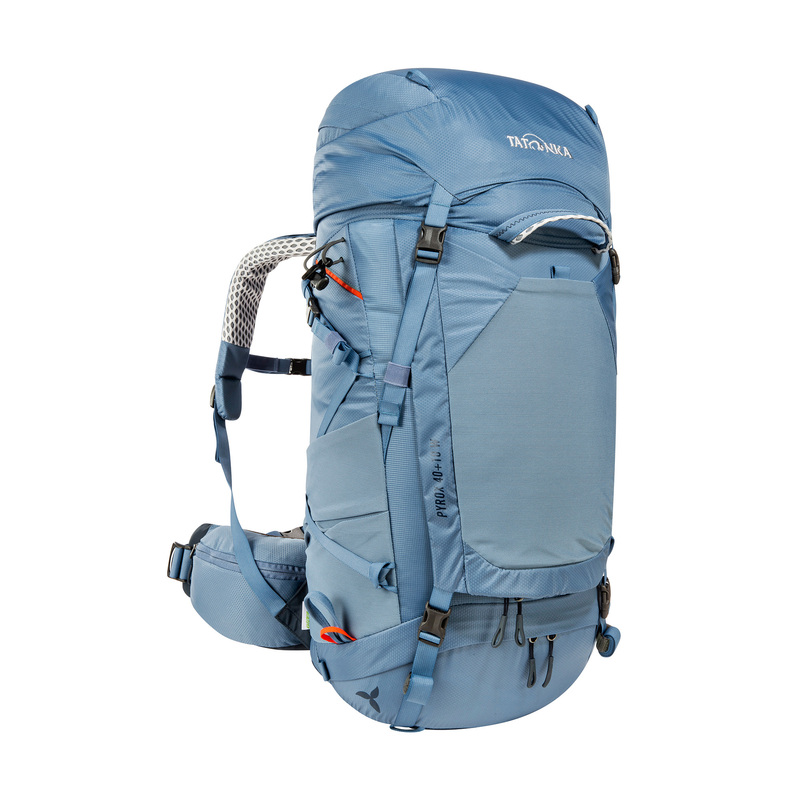
The touring backpacks Pyrox 40+10 Women and Pyrox 45+10 by Tatonka with lots of storage space and clever features for your multi-day hiking or mountain hut tour.
How to pack your trekking backpack
Trekking tours require the most equipment. Such tours last several days and you spend the nights in tents or bivouacs, cook yourself and you are in the middle of the nature away from civilization.
Therefore, not only the backpack volume matters, but also a well-designed compartment pision, durable material and a great carrying system. Our trekking backpacks start with a volume of 35 liters and go up to 90 liters – before you buy one, you should definitely try out the backpack.
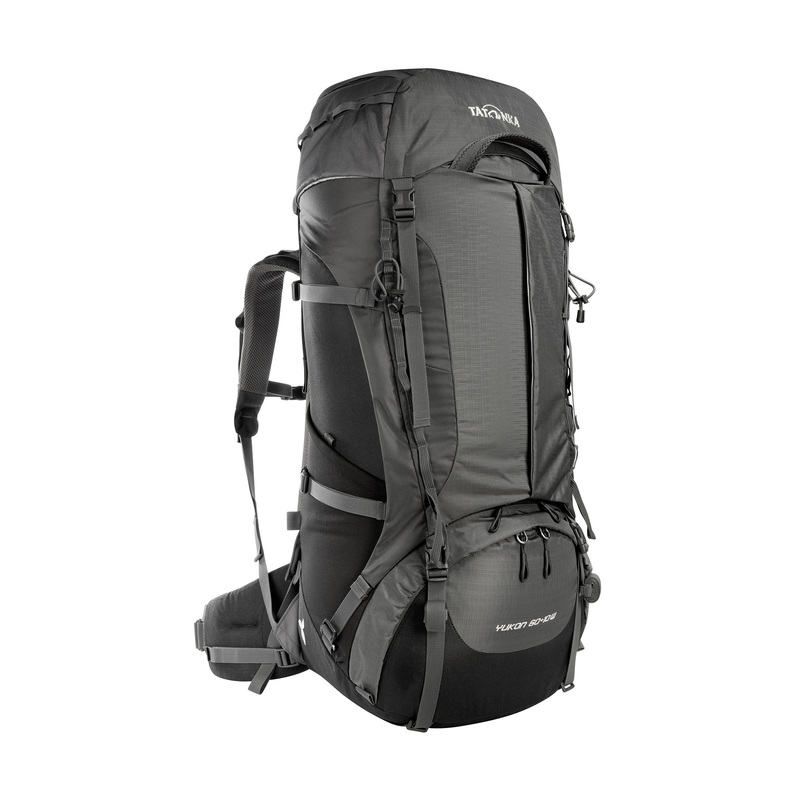
Especially suitable for longer trekking tours and tours with more luggage – the Tatonka Yukon trekking backpack.
A packing list for a trekking tour could look like this:
- light trekking tent
- sleeping bag
- cookware
- stove
- headlight
- rain jacket and trousers
- fleece
- shirts
- socks and underwear
- pajamas
- washbag
- headdress
- sun screen
- sunglasses
- food supplies
- water
- hiking map
- smartphone with GPS function and camera
- lighter
- compass
Tent and sleeping bag alone justify the purchase of a proper trekking backpack. It offers not only more volume but also sufficient loops and holders. The trekking backpacks of our Yukon series offer you everything you could wish for in a trekking backpack.




